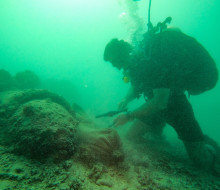
Second World War-era bombs in Vanuatu made safe by Navy divers
26 June 2024
Unfortunately you are viewing this website on an outdated browser which does not support the necessary features for us to provide an adequate experience. Please switch to a modern browser such as latest version of Google Chrome, Mozilla Firefox, Apple Safari or Microsoft Edge.
Ngā mihi nui
The New Zealand Defence Force (NZDF) has kicked off its summer season in Antarctica with its first ice flights for the season, in support of New Zealand and United States Antarctic programmes.
Every year the NZDF provides people power to Antarctica New Zealand by deploying personnel in a variety of roles to Antarctica. Other personnel support Antarctic operations from New Zealand.
As well, the Royal New Zealand Air Force (RNZAF) transports people and cargo to and from Antarctica as part of its support to New Zealand and the United States world-leading science and research programmes.
These commitments are part of New Zealand’s contribution to the NZ/US Joint Logistics Pool, which supports both nations’ Antarctic programmes.
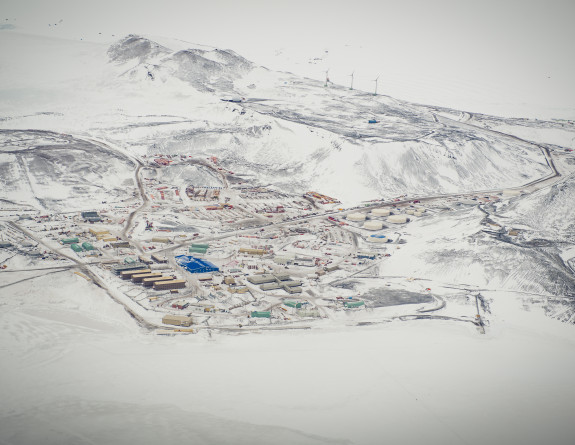
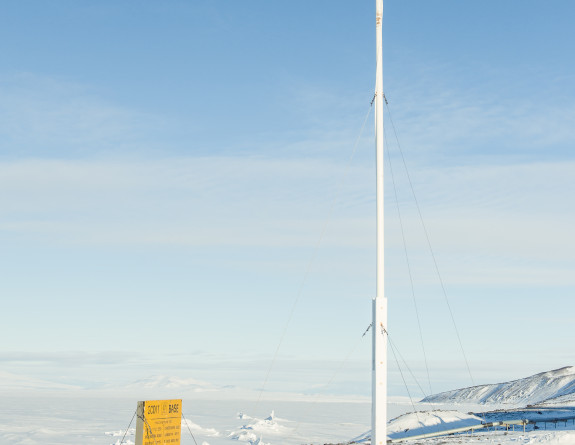
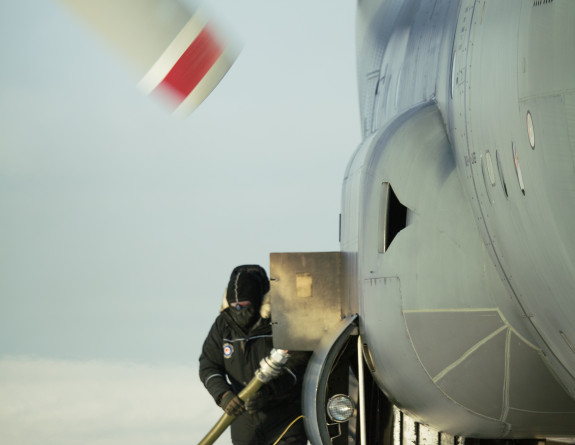
NZDF personnel are an integral part of operations in Antarctica, holding a variety of roles.
From September to March, around 15 flights are scheduled to go to Antarctica, using the RNZAF’s Hercules and Boeing 757 aircraft.
The first flights to Antarctica got underway recently and mark what will be among the last for the retiring C-130(H)NZ type of Hercules aircraft.
The RNZAF’s first C-130H aircraft arrived in New Zealand in April 1965 and within six months of coming into service landed on the ice in Antarctica for the first time that year.
In October this year, the last flights for the C-130H aircraft will be flown – marking 60 seasons of Antarctica support.
Air Component Commander Air Commodore Andy Scott says the RNZAF’s new C-130J-30 Hercules will soon take over, with its first ice flights scheduled to start in November.
“Our C-130H aircraft have provided incredible service over many years, but we’re looking forward to using our newer and faster C-130J which also has a larger carrying capacity, which means it can transport more passengers and cargo to the ice.
“While I’m yet to get my hands on the controls, the C-130J Hercules is similar to the H model to fly, so our experienced pilots and crew, having used their skills over many seasons, will be looking forward to getting the new aircraft airborne to Antarctica very soon.”
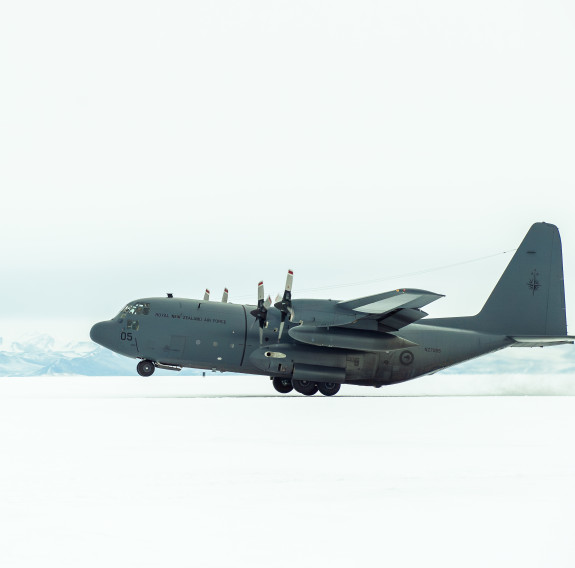

The NZDF typically deploys around 140 personnel each year to Antarctica. That includes a team based at Harewood Terminal in Christchurch, who are responsible for moving passengers and cargo on a variety of flights operated by the RNZAF and United States Air Force.
From September 2023 to April 2024, this team facilitated 72 return flights, moving around 4000 passengers and 1.3 million kgs of cargo between New Zealand and Antarctica.
The NZDF deploys personnel to work at New Zealand’s Scott Base, including as communications operators, who keep in touch with field research teams 24/7.
At the US National Science Foundation’s McMurdo Station, NZDF personnel are employed in a variety of roles, from logistics to firefighters, fuel operators, drivers, and ship offload teams. A team of NZDF tradespeople help with maintenance and building works at both bases.
Major Lucy Wright, the senior national officer who manages the NZDF deployment to Antarctica, says it is logistically challenging as personnel surge in and out depending on their role, with weather changes at times requiring quick thinking and juggling of the schedule.
“It’s not uncommon for aircraft to turn back to Christchurch, known as a ‘boomerang’, at the start or end of the season due to weather. It pays to be prepared for a longer stay, with extra clothing just in case,” she said.
“It’s truly something special to be working with Antarctica New Zealand and the United States Antarctic Program helping them deliver their Antarctica operations. It’s a great team effort.”